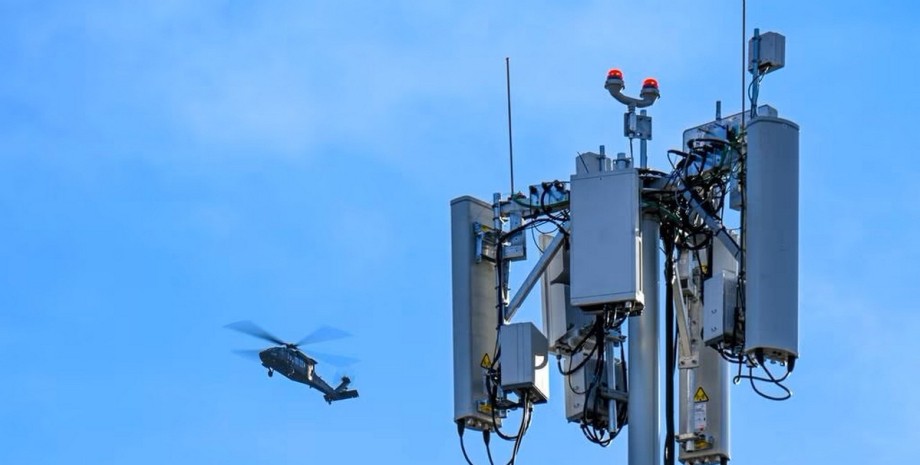
5G may start working in Ukraine as early as 2024, but there is a nuance
Ukraine may have fifth-generation (5G) cellular communications as early as 2024. However, this will only be a test version, said Ukraine’s Deputy Prime Minister Mykhailo Fedorov in an interview with Forbes published on Monday, September 18.
According to him, the Ukrainian authorities are currently negotiating with a company that deals with 5G networks. The Vice Prime Minister expects the project to be piloted as early as 2024.
He also added that his team is currently working on improving 4G. During the full-scale war, a lot of equipment was moved to strengthen certain regions, and civilians experienced interruptions in mobile Internet and mobile communications in general.
5G technologies in Ukraine: how it all started
On May 17, 2019, the then President of Ukraine Petro Poroshenko signed a decree on the introduction of 5G mobile communications in Ukraine. The document also contained a schedule according to which the fifth-generation mobile communications were to be launched in the country in 2020.
“The fifth generation. There is no such thing in Europe, and we are moving forward,” the Ukrainian leader said at the time.
In early August 2020, the first rally against 5G communications took place in Kyiv. Dozens of people rallied on Khreshchatyk near the National Commission for the State Regulation of Communications. In particular, activists were outraged that the Commission was considering the issue of increasing electromagnetic exposure without broad public discussion. It is worth noting that in 2020, despite the existing implementation program, fifth-generation communications did not appear in Ukraine.
In February 2021, the head of the Ministry of Digital Transformation, Mykhailo Fedorov, assured in an interview that his agency had already launched 5G research and development work and started preparatory activities for the allocation of the 700th band.
“But we do not believe that 5G needs to be built urgently. We are still “fixing” 4G, running around with buckets and rags, washing towers, and developing 5G slowly. In general, we think globally and act locally,” the official said at the time.
In November of the same year, Mykhailo Fedorov made a second announcement about fifth-generation communications and said that the first 5G towers in Ukraine would appear by the end of 2021.
“Next year we plan to deploy experimental zones to test 5G with different operators. These will be physical territories,” the head of the relevant ministry said at the time.
It should be noted that the fifth-generation connection was not introduced in 2021. On August 4, the Cabinet of Ministers postponed the introduction of the 5G network in Ukraine from October 2021 to February 2022. The Ministry of Digital Transformation asked to postpone the issuance of licenses to operators for four months because it did not have enough budget to prepare the fifth generation network. However, this month, the introduction of fifth-generation communications was prevented by the full-scale invasion of Ukraine by the Russian Armed Forces.
What opportunities does 5G offer?
The most tangible advantage that 5G will provide to ordinary users is data transfer speed. It is expected to reach 10 Gbps, so downloading a movie in HD quality will be a matter of seconds, not minutes. According to analytics company Opensignal, in Saudi Arabia, South Korea, Switzerland, Kuwait, Australia, Spain, and the UK, download speeds on 5G networks have already become faster than Wi-Fi. In addition, 5G promises to reduce signal latency to almost zero. All of this will open up great opportunities for the development of autonomous transport, automation and robotics in production.
Returning to the realities of Ukraine, according to the Cabinet of Ministers’ explanatory note of 2021, the main features of 5G networks are advanced mobile broadband Internet access, ultra-reliable low-latency communications, and massive machine-to-machine communications, which are the basis for the entire variety of services and capabilities of 5G networks.
These services and capabilities include significant high-speed data transmission, surround and ultra-high-definition video, industrial automation, emergency communications, and more.

